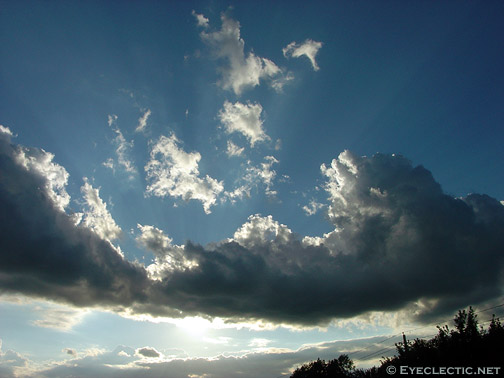 China, the world’s largest producer of ozone depleting chemicals, chlorofluorocarbons (CFC) and halon, has shut down five of its six remaining plants and banned their wide use. The facilities were closed during a symbolic ceremony on Sunday organized by Chinese authorities and chemical companies that agreed to stop manufacturing chemicals harmful to the ozone layer.
China, the world’s largest producer of ozone depleting chemicals, chlorofluorocarbons (CFC) and halon, has shut down five of its six remaining plants and banned their wide use. The facilities were closed during a symbolic ceremony on Sunday organized by Chinese authorities and chemical companies that agreed to stop manufacturing chemicals harmful to the ozone layer.
With Sunday’s action, the country is two and a half years ahead of the 2010 deadline imposed b the Montreal Protocol, which regulates levels of ozone-depleting substances in the atmosphere. A weakened Ozone layer allows for dangerous ultraviolet radiation from the sun and its harmful health effects. The UN Environment Program (UNEP) estimates that without the Protocol, there could have been up to 20 million more cases of skin cancer and 130 million more cases of eye cataracts.
"With more than 95% of the ozone depleting substances being phased out, the Protocol is among the great success stories of recent years," said UNEP Executive Director Achim Steiner. "This success underlines how, with political will, creative financing mechanisms and the support for industry and NGOs, the international community can rise to the challenge of sustainable development."
The shut down of the five facilities, in Chiangshou City, near Shanghai, will bring China’s production of CFCs to just about 550 metric tons, down from 55,000 metric tons at its peak in 1998, UNEP said.
China became the largest producer of ozone depleting chemicals following the shut down of plants producing these chemicals in developed countries in 1996. The closure of the Chinese plants now puts India and South Korea as leading producers of the two ozone depleting chemicals in Asia Pacific, the agency said.
Under the Montreal Protocol ozone depleting chemicals are being successfully phased out through the Protocol’s Multilateral Fund, which has financed activities in 140 developing countries, according to UNEP. Ozone chemicals like CFCs and halon have been phased out in developed countries by 1996 except for small essential uses. By 2010, production of ozone depleting substances will be banned in developing countries, including countries in Asia and the Pacific.




















Wow shutting down one out of a 15 harmful chemical plants producing ozone depleting chemicals is a great start but hardly enough to make a difference when the other plants easily make up the lost in production capacity. False good news is like no good news.